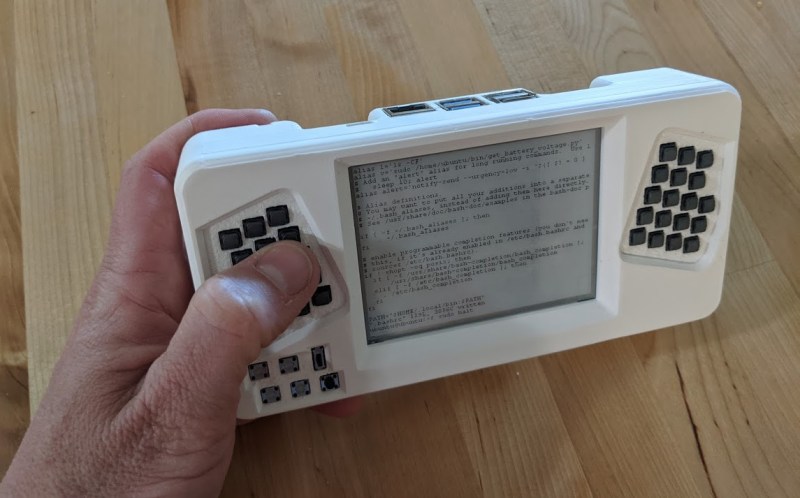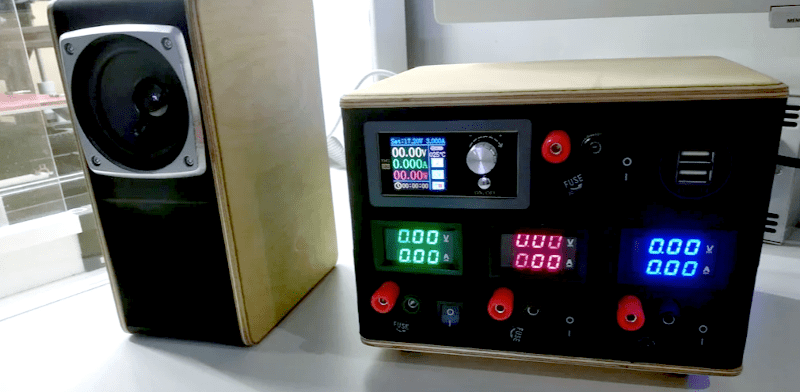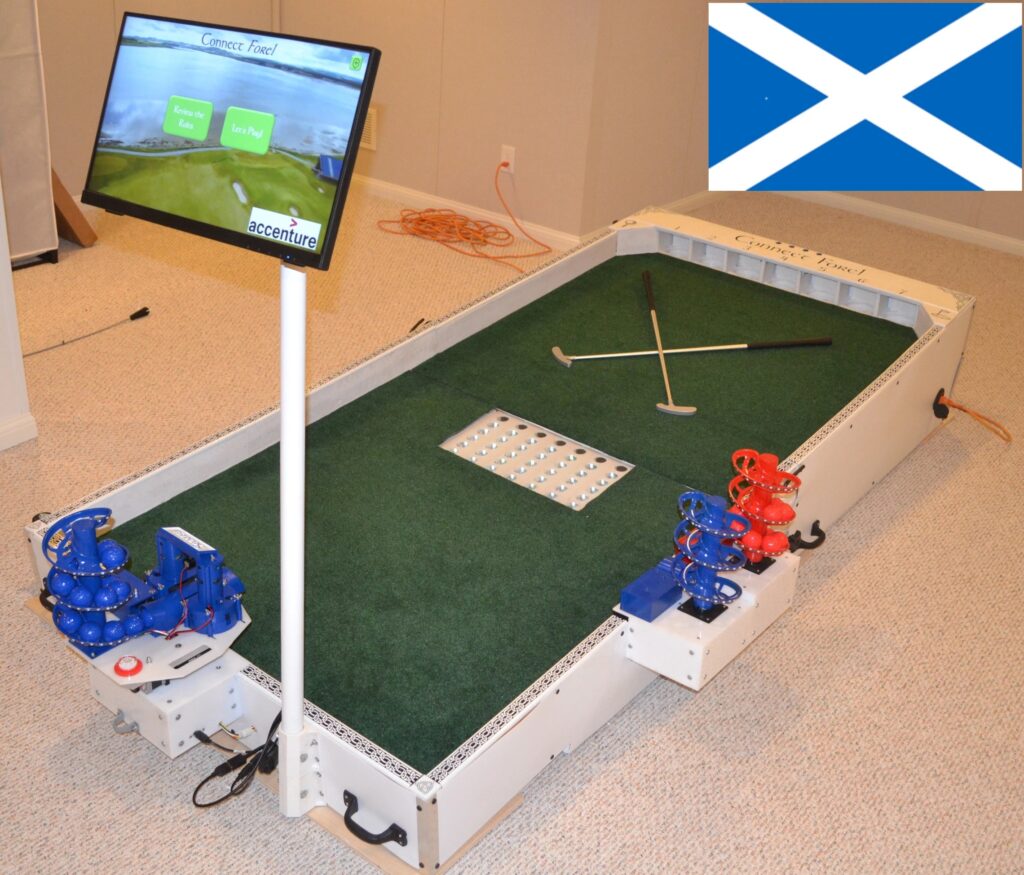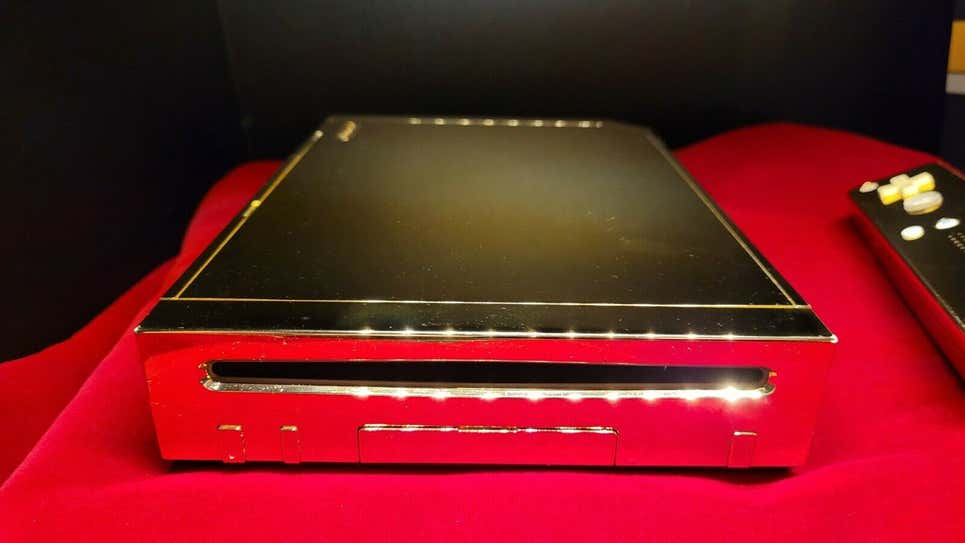Those of us who’ve been around and using technology for a while remember the era of floppy disks. You know, they look like “save” icons, but they were real pieces of plastic with magnetic media inside that stored a trivially small amount of data. You might not use floppies anymore, but some industries are stuck with the technology of yesteryear—for example, airlines. British Airways recently retired its fleet of 747s, giving us a chance to see how its floppy-based software update system works. It’s a real blast from the past.





